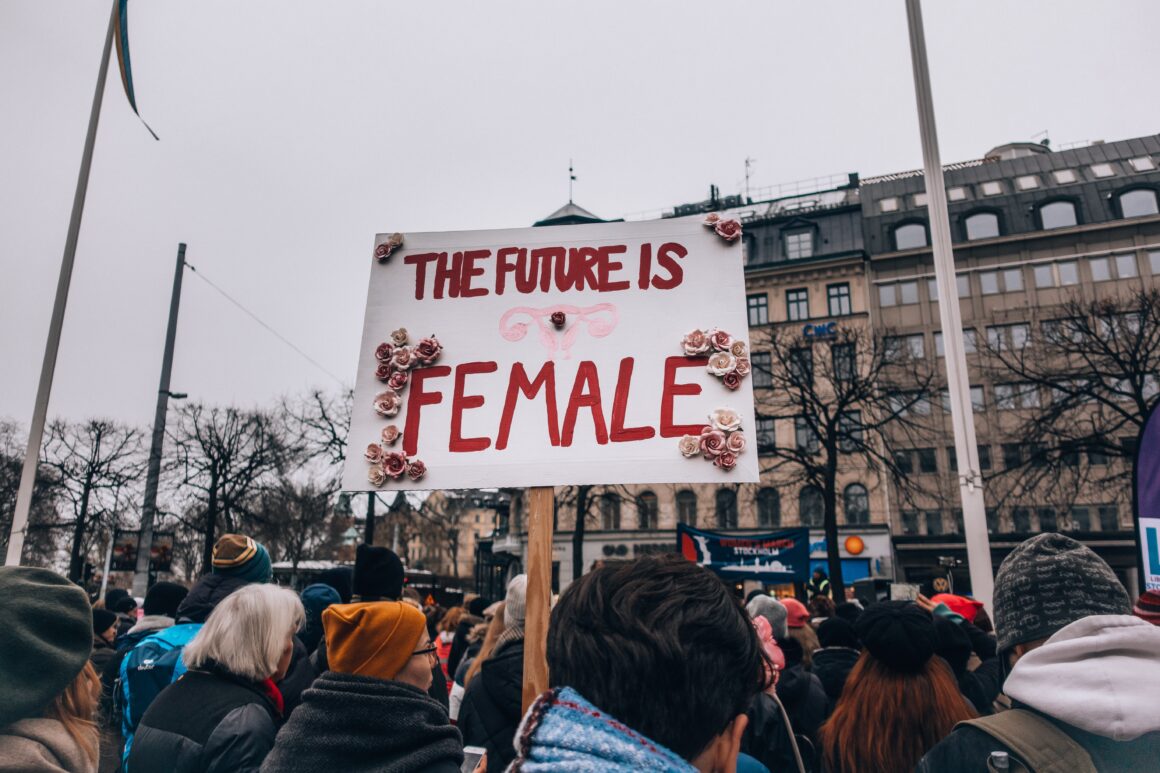A large number of wealthy countries like Britain take satisfaction in being active on policies that promote sexual equality. It has failed to fulfill such claims as the Women’s Budget Group, (a feminist group), has been “scrutinizing Britain’s economic policy since 1989.” A 2016 House of Commons Library report which is a research service, had suggested that over the years of 2010-2015 “women bore the cost of approximately eighty five percent of savings to the Treasury that were valued at (in US currency) twenty nine billion dollars. Cuts were for welfare benefits in addition to direct taxes. Since women earn beneath that of men, depend on benefits, and are projected to be “more likely” than men to be a single parent, the cuts had a heavy effect on women in a disproportionate manner. The government does not seek to make a public brawl or any brawl for that matter by any means of discriminating. Diane Elson states that it merely oversees its very own bias due to the government not designating time to assess the impact of policies and their affect on women. Government budgets are presumed to be “gender-neutral” Diane Elson says, however they are presented as the opposite. Elson, the budget group’s former chair, is one of the first to promote a technique of “gender-budgeting.” This is when governments anatomize fiscal policy in regard to its varying effects on both men and women. By instituting this technique, gender budgeting recognizes policies that are unjust and bias as we’ll as any possibilities to devote money for the cause of helping woman.
Britain declined any chance of adopting this new technique, however countries such as South Korea and Sweden have utilized it to their benefit. When you disintegrate public spending, many opportunities reveal themselves. According to The Economist, “the British government diverted investment worth 2% of GDP from construction to the care sector, it could create 1.5m jobs instead of 750,000.” Numerous governments react to spending money on things like physical infrastructure as an “investment“, but social infrastructure like child care, schools, and hospital spending are costly. Such spending habits increase productivity exponentially as an increase in the amount of women in the workforce is a major contributing factor. In underprivileged nations, the bias is unequivocal. Dating back to when Uganda viewed its budget through a “gender lens“, it was clear that a small portion of the agricultural spending was dedicated toward the support of women farmers (or agriculturalists), even though it was evident that they provided the greatest number of labor.
Fiscal policy is about efficiency and effectiveness. Many believe that the concept of gender budgeting does not limit its audience to feminists but also claims that non-feminists should accept that making an investment toward girls’ education or in the women’s labor force should produce a large return on investment.
As referred to as a “utalitarian” approach in The Economist, it does appeal to finance ministries in a certain way that discussion of “female empowerment” might not. In many developing countries, investments in clean water and sanitation as well as electricity may help with housework and allow more time for mothers to attain money and for girls to attend school. Many ministries do not understand the many ways that their budgets affect women and girls. By cutting funding for such causes, it saves money on a short term basis, but when women devote their time gathering water, the growth in now in danger.
Across many nations, this technique has been implemented. For instance, in Rwanda, money spending was prioritized to keep girls in school which led to provisions of standard sanitation, thus an increase in enrollment. India has used gender budgeting as it is a more efficient indicator of the school enrollment of girls than higher incomes. In South Korea, there was a significant lack of child care which left women forced to choose between family and work. Gender budgeting has tremendously helped the government come up with ways to reduce the many heavy burdens placed on women. Globally, safer and more secure transport systems can alleviate the overwhelming amount of violence impressed upon women and girls. This includes low productivity and medical costs, as they are deprived of the opportunity to learn or work.
Gender budgeting has backing from many international financial institutions as the World Bank shows support. The IMF had never seen the promotion of gender equality as its responsibility, however Christine Lagarde who is the managing director now desires for gender budgeting to have a prevalent role in the steps it takes alongside countries. As stated by The Economist, many nations have shown a reluctance in changing their very own budget allocations regardless of their issued sexual equality statement claims. The reluctance can be viewed as a “bureaucratic inertia —and the sheer difficulty of the process of tracking who gets what. Fiscal policy is based on the market economy, which generates cash, and ignores women’s unpaid labour, and the extent to which it limits their work in the market economy.”
Ms. Elson makes a remarkable conclusion:“Everyone is keen to take on gender equality if it only means marginal changes.” By instituting the concept of gender budgeting to nations across the globe, it has the potential to open the eyes of many leaders and organizations who have never considered the evident success and rewards both they, and the community of women and girls will attain if gender-budgeting is initiated.


